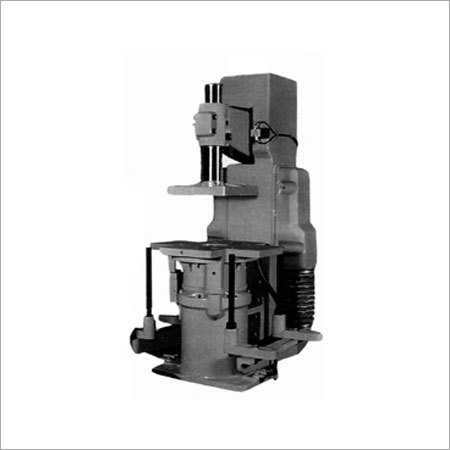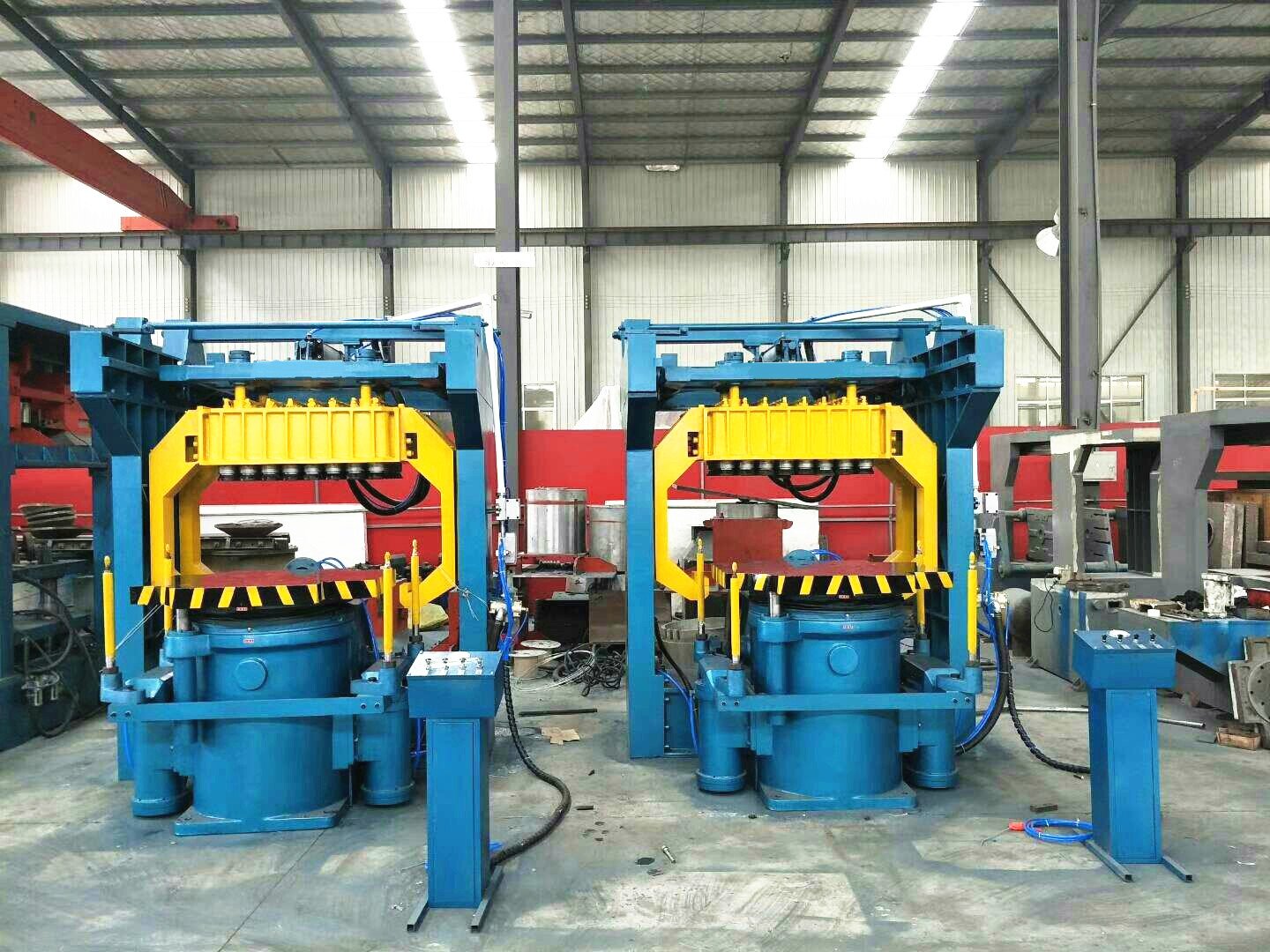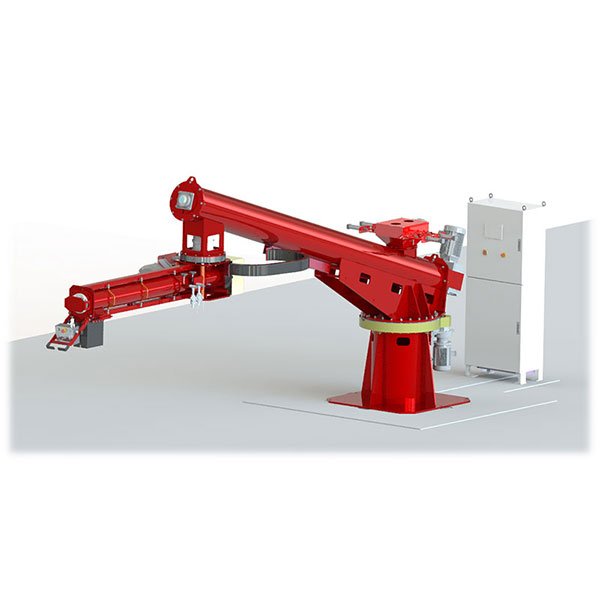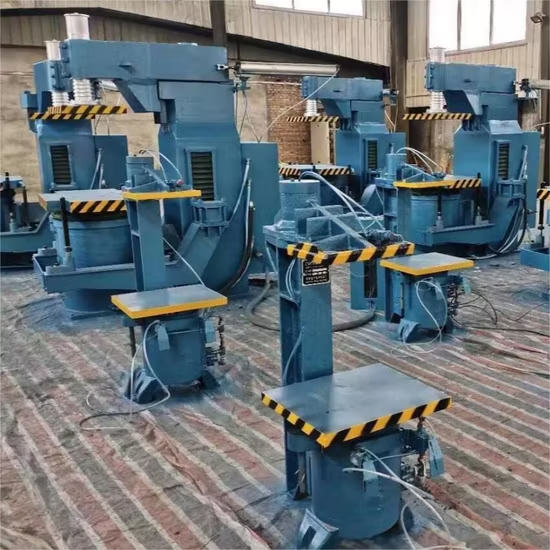I've seen firsthand how easily a poorly chosen abrasive can derail an otherwise well-designed blasting process.
Selecting the right abrasive media for a shot blasting machine directly affects surface quality, machine longevity, production efficiency, and operational costs.
Many facilities underestimate this decision, but from my years in engineering design, I can tell you—it’s one of the most critical elements in surface preparation success.
Understanding Shot Blasting Machines and Their Components
Abrasive selection should never be isolated from the machine itself.
Shot blasting machines function by propelling abrasive particles at high velocity to treat a surface—cleaning, profiling, or strengthening it. The type of machine and its construction determine what media it can handle.

What Is a Shot Blasting Machine?
In my daily work, I’ve designed and installed numerous shot blasting systems—from roller conveyors for beam cleaning to precision nozzles for aerospace parts. At its core, a shot blasting machine uses centrifugal or compressed air to accelerate abrasive media and direct it at the workpiece.
Common machine types I encounter:
Machine Type Typical Use Case Tumble Blast Batch loads of small to mid-sized parts Hanger Type Fragile or geometrically complex components Roller Conveyor Large plates, profiles, and structural steel Rotary Table Single large components requiring targeted action Each machine configuration has different tolerances for media hardness, size, and flow characteristics.
Key Components Affected by Abrasive Media
During design reviews, I always advise clients to consider media impact on:
- Blast Wheel or Nozzle: The wrong media wears out blades or orifices prematurely.
- Recovery System: Clogs or accelerated wear occur when media is dusty, irregular, or contaminated.
- Dust Collector: Overloading this system with friable media increases maintenance costs.
- Work Chamber: The chamber liner’s material must match the expected abrasiveness of the chosen media.
Media isn’t just a tool—it’s a force your entire system must accommodate and endure.
Role of Abrasive Media in a Shot Blasting Machine
As an engineer, I evaluate not just performance, but system-wide implications.
The type of abrasive media you use will define the finish quality, cycle time, operational wear, and environmental footprint of your process.

How Abrasive Media Impacts Cleaning and Finishing
The goal of blasting varies: sometimes it's to strip mill scale, other times it's to peen a surface to enhance fatigue life. Different tasks require tailored abrasive characteristics:
Media Type Surface Effect Material Removal Rate Steel Shot Smooth, work-hardened Low Steel Grit Rough, angular High Glass Beads Satin, polished Low Aluminum Oxide Sharp, etched Very High In one project involving high-precision molds, we switched from steel grit to glass beads and saw a dramatic improvement in surface integrity without compromising cleanliness.
The Relationship Between Media Type and Machine Wear
Harder, more angular media such as silicon carbide or aluminum oxide are undeniably effective but drastically increase wear on high-speed moving parts.
I’ve replaced blast wheels in under six months in cases where media selection wasn’t aligned with equipment design. By contrast, steel shot—though more expensive initially—proved far more economical due to its low-fragmentation nature and longevity.
Factors to Consider When Choosing Abrasive Media for a Shot Blasting Machine
I always remind clients: don’t look for the “best” abrasive—look for the “right” one.
Your part material, finish requirements, production model, and machine capabilities must all align with the chosen media.
Type of Material Being Processed
I start every abrasive selection process by identifying the substrate. You wouldn’t use the same media for cast iron engine blocks as you would for thin aluminum enclosures.
Material Recommended Media Mild Steel Steel shot, steel grit Aluminum Glass beads, plastic media Cast Iron Steel grit Composites Garnet, plastic media On aluminum housings for an EV client, using steel grit resulted in micro-fractures. We shifted to plastic media and completely mitigated the issue.
Desired Surface Finish or Profile
For bonding and coating prep, angular abrasives are essential. For decorative applications or dimensional stability, spherical or soft media are better suited.
- Anchor Profile (e.g., epoxy coating): Steel grit, coarse aluminum oxide
- Polished/Satin Finish: Glass beads, plastic media
Production Volume and Cycle Time
High-output environments require media that can be recycled efficiently.
Volume Type Suitable Media High-volume line Steel shot (long reuse cycle) Small-batch jobs Garnet, aluminum oxide Aerospace precision Glass beads, plastic For a structural steel client running 20-hour shifts, I recommended steel shot. It gave consistent results over thousands of cycles with minimal dust load.
Machine Compatibility and Media Size
Each blast system has critical limits:
- Minimum and maximum mesh sizes for separators
- Nozzle or wheel opening diameters
- Material flow curves for media hoppers
A mismatch here leads to blockages, wear, and operational inefficiencies. I've witnessed nozzle-fed systems fail simply because the media particle size was 10% over tolerance.
Cost, Reusability, and Efficiency
As an engineer, I often calculate cost per effective cycle. It’s a more accurate measure of ROI than purchase price per kilogram.
Media Type Reusability (Approx. Cycles) Relative Cost Steel Shot 2000–3000 High initial, low per use Glass Beads 100 Moderate Garnet 1–3 High per use Plastic Media 20–25 Moderate
Types of Abrasive Media for Shot Blasting Machines (with Pros and Cons)
Media choice isn’t brand loyalty—it’s engineering alignment.
Each abrasive has its strengths and trade-offs. As engineers, our job is to select the one that delivers consistent, efficient, and safe outcomes.
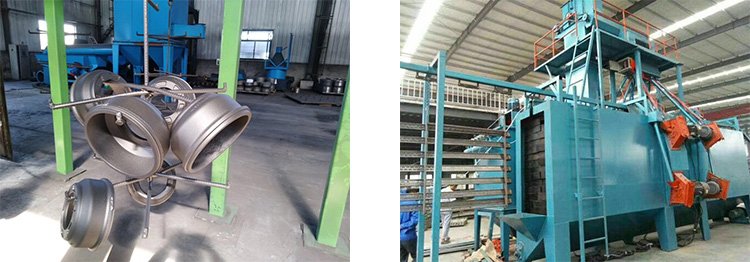
Steel Shot
- Pros: Durable, efficient for peening and general cleaning.
- Cons: Can distort soft metals; requires robust reclamation.
Steel Grit
- Pros: High aggression—ideal for scale and rust removal.
- Cons: Higher equipment wear and dust generation.
Aluminum Oxide
- Pros: Extremely hard and sharp, ideal for tough coatings.
- Cons: Single-use in most systems; harsh on machinery.
Glass Beads
- Pros: Great for cosmetic finishes; gentle on soft alloys.
- Cons: Low aggression and limited cycle life.
Plastic Media
- Pros: Non-destructive; ideal for aerospace or electronics.
- Cons: Lower cutting power and relatively expensive per job.
Garnet
- Pros: Sharp, eco-friendly; good balance of aggression and control.
- Cons: Mostly single-use; disposal must be managed responsibly.
Application-Based Guide to Abrasive Media Selection
Engineering decisions must consider use-case specifics.
Abrasive media choice should always be context-driven—matching part geometry, material, and performance expectations.
Shot Blasting for Automotive Components
For engine blocks and suspension arms:
- Recommended: Steel shot (peening), glass beads (aluminum casings)
Shot Blasting for Structural Steel
Preparing beams for paint or galvanization:
- Recommended: Steel grit for profile, aluminum oxide for high adhesion
Shot Blasting for Foundries and Forgings
Post-casting cleaning requires toughness:
- Recommended: Steel grit (large mesh) for scale and sand removal
Shot Blasting for Coating and Paint Prep
Coating adhesion demands a good surface anchor:
- Recommended: Coarse aluminum oxide or garnet for sharp, clean profiles
Maintenance and Media Management in Shot Blasting Machines
Poor media management often reveals itself too late.

Proper monitoring of media condition, wear patterns, and recycling performance can significantly extend machine life and improve output consistency.
How Media Type Affects Machine Lifespan
From my field experience, steel shot doubles the lifespan of internal liners compared to aluminum oxide. Monitoring flow rates and adjusting blast angles also reduce impact fatigue.
Signs of Media Degradation
Watch for:
- Increased dust load
- Erratic blast patterns
- Darkened or discolored surfaces
- Inconsistent finish across the same part
Recycling Systems and Cost Savings
Magnetic separators, vibratory sieves, and air-wash systems are all essential. I design these into every custom installation. An efficient recycling loop extends media life and protects machinery.
Safety and Environmental Best Practices
In engineering design, safety is not optional—it’s integral.
Every abrasive selection should factor in health risks, air quality, operator protection, and environmental impact.
Abrasive Dust and Ventilation
Install:
- High-efficiency cyclone separators
- HEPA-rated filtration units
- Sealed cabinets or enclosures
Protective Gear for Operators
I specify the following as standard PPE:
- CE-certified respirators (minimum P3 rating)
- Full-body suits with blast hoods
- Hearing protection and reinforced gloves
Safe Disposal and Eco-Friendly Alternatives
Garnet and crushed glass are good replacements for silica sand. Walnut shells or corn cob granules work well for soft surfaces. Always follow local regulations—I've built compliance into multiple installations to help clients pass audits with ease.
Conclusion
Choosing the right abrasive media is never a guessing game. It’s a technical decision rooted in material science, machine dynamics, and economic logic. When you align your media with your machine, material, and production goals, everything—from surface quality to system uptime—improves. I’ve seen it happen time and again.


